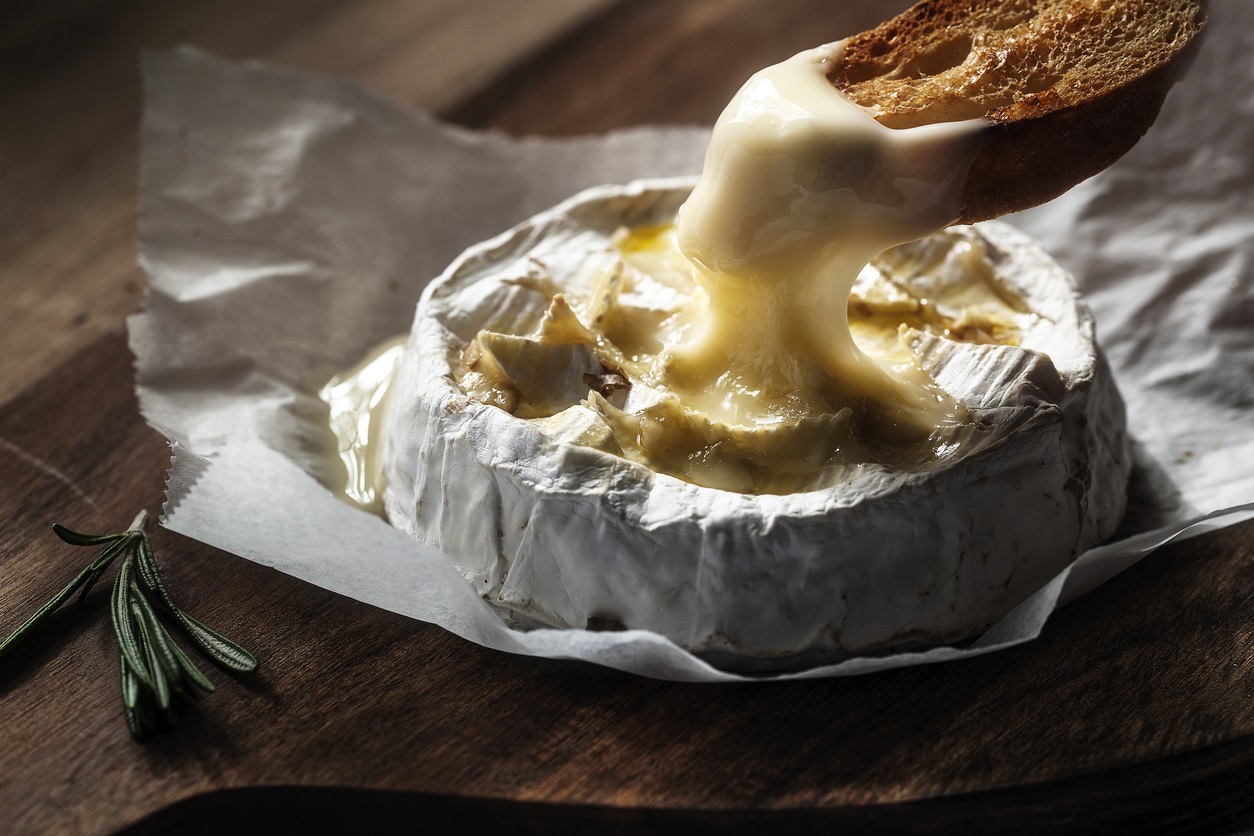Top French Cheese Names to Know and Top Wine Pairings
France is famous for its cuisine, each region boasting a signature dish, wine, and/or bread. Nothing stands out more than France’s cheeses, many of them unique to a particular province, with hundreds of varieties found throughout the country.
Former French President Charles de Gaulle once said, “How can anyone govern a country which has two hundred and forty-six varieties of cheese?” Today, that number has almost doubled since de Gaulle uttered those words in 1962. While it takes time to sample and appreciate all the fromage France has to offer, this guide provides a crash course on a few varieties popular among French consumers. In addition, we’ve included some recommended French cheese and wine pairings. Note that you do not necessarily need to pair French wine with French cheese.
Cantal
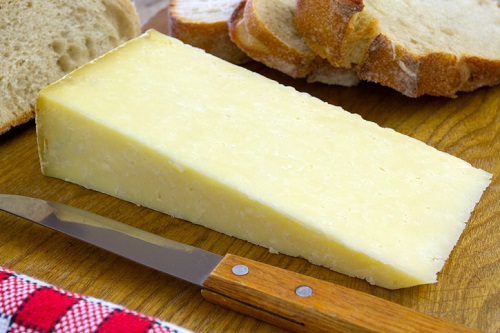
Those inexperienced in the ways of strong, smelly cheeses may want to start with Cantal, a hard to semi-hard type that somewhat resembles English cheddar. Dating back to the time of the Gauls, this is one of the oldest cheeses in France. Produced in farms and local dairies throughout the Auvergne region of central France, Cantal comes in a milder, jeune version and the stronger, more mature entre deux for people who prefer a bolder flavor. The nutty, earthy taste of Cantal is a delicious addition for soups and salads, alongside nuts and fruit, or melted in a simple fondue. In France, it’s a popular choice for gratins and aligots. Any medium red wine makes for a nice pairing with Cantal cheese.
Wine To Pair: Morgon (Beaujolais), Merlot (Red Mountain, Washington State)
RELATED: 13 Top Wine Destinations in France: Regions, Cities & Villages
Tomme de Savoie
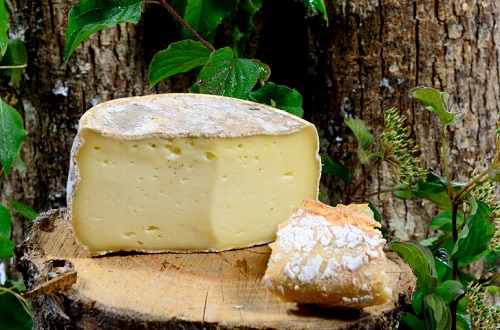
The word “tomme,” a generic term meaning “a wheel of cheese,” is often followed by the region or village that produced that particular cheese. One example is Tomme de Savoie, made in Savoy in the French Alps. This semi-firm cheese is made from skimmed cow’s milk, resulting in its relatively lower fat content. Tomme de Savoie’s milky texture holds a grassy, mushroomy flavor and an earthy aroma. It pairs well with sausages and fruits or a piece of a fresh, tasty baguette. A medium red wine from Côtes du Rhône or a full-bodied Shiraz brings out the earthy taste of this simple, rustic cheese.
Wine To Pair: Chateauneuf-du-Pape or Hermitage (Rhône)
Camembert
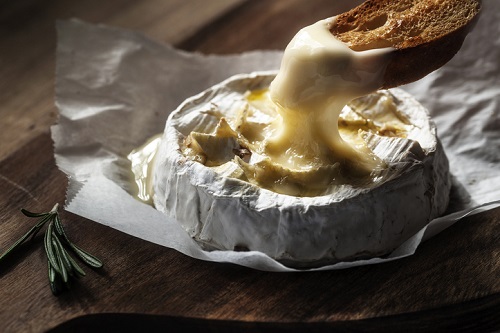
Arguably one of the most famous cheeses in France, Camembert has many imitators, but if it hasn’t received its A.O.C. from Normandy, then that cheese isn’t Camembert. (The appellation d’origine contrôlée is the French certification guaranteeing the process and origin of food and wines.) The legend claims that Marie Harel produced the cheese in 1791 after learning the craft from a priest hailing from Brie. Harel presented his creation to Napoleon III in 1855, and the emperor’s fondness for it boosted its reputation. The creamy, pungent cheese gained further popularity when surrealist painter Salvador Dali found inspiration for his famous melting clocks after seeing a wheel of the runny cheese softening in the sun. Camembert is best at room temperature on a fresh baguette, served with something like a Beaujolais or another light red wine, or the traditional glass of cold Normandy cider.
Wines To Pair: Chablis (Burgundy), Chenin Blanc (South Africa), Fleurie (Beaujolais), Pinot Noir (Central Otago, New Zealand or Willamette Valley, Oregon)
Brie de Meaux
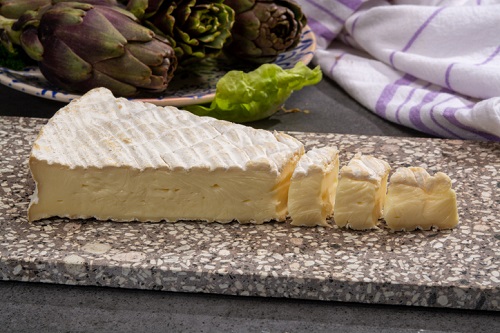
While Brie cheese is relatively widespread in the U.S., regulations forbid the import of genuine Brie de Meaux because it is non-pasteurized. Sometimes referred to as “Le Roi des Fromages,” or, “the King of Cheeses,” Brie de Meaux boasts a history that dates back to the days of Emperor Charlemagne in 774. Pairing well with Champagne, it has a soft, buttery texture and a sweet, nutty taste, as well as a thick, white crust which also should get eaten. Its mellow flavor is pleasing to those who aren’t fond of stronger cheeses. Brie is also great for melting, making it an excellent ingredient for grilled cheese, quiche, and pizza.
Wines To Pair: Champagne, Cava, or Gamay
RELATED: How To Pair Pizza With Different Kinds of Wine
Saint Nectaire
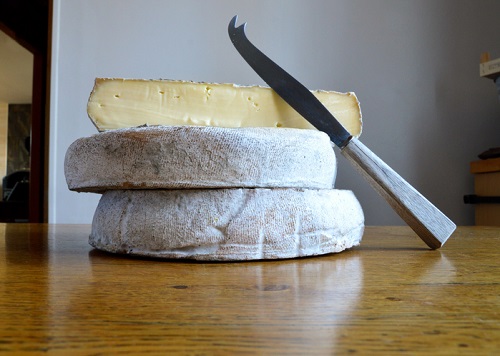
Saint Nectaire is a semi-soft cheese made from the milk of cows that graze on the volcanic terrain of the Auvergne region. This longtime staple has even graced the table of Louis XIV. Although you can find Saint Nectaire (and imitations) in any grocery store in France, there is a significant difference between what you get from a farm and what comes from industrial dairies. Large-scale producers often sell their cheese without allowing adequate maturation, which results in a taste and texture inferior to that of farm fare. Saint Nectaire is smooth and creamy, has the earthy aroma of cellars and hay, and a nutty, mushroomy flavor that pairs well with any light, medium, or full-bodied red wine. A glass of Côtes d’Auvergne or Bordeaux is a nice complement to this farmhouse cheese.
Wines To Pair: Right Bank Bordeaux (Saint-Emillion, Pomerol, Cotes de Bordeaux)
RELATED: 30 Best Wineries To Visit in France’s Bordeaux Region
Fourme d’Ambert
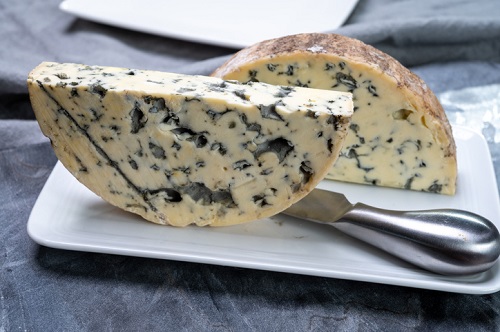
This blue cheese dates back to ancient Roman times, created by Gauls and Druids nearly a thousand years ago. Creamier than most other blue cheeses, it is easily recognizable by its unique tall, cylindrical shape. Produced with pasteurized milk from Salers cows raised in the Puy-de-Dome region, Fourme d’Ambert spends at least two months in caves to age, periodically injected with sweet white wine. Penicillium roqueforti spores, added after the cheese ages completely, provide distinctive blue veins. Fourme d’Ambert is excellent for crumbling on salads, adding to tarts or soufflés, or eating alone with some crusty bread. A sweet or fruity white wine makes for a delicious pairing with this cheese.
Wines To Pair: Sauternes (Bordeaux)
Reblochon
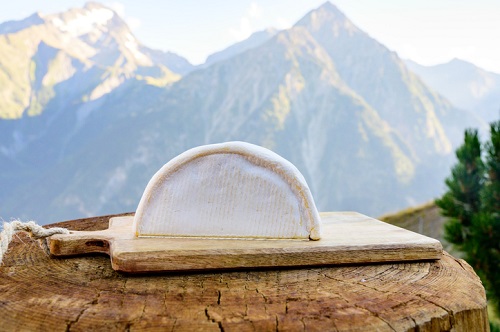
This cheese is not for beginners or those who prefer a milder, tamer cheese. Reblochon, which hails from the Alps region, is another variety unavailable in the United States because of its failure to meet the pasteurization laws. The story of Reblochon began with farmers who refrained from milking their cows to completion to lower their production, thus saving on taxes. Once the tax collector departed, the farmers resumed milking, soon discovering that the milk was now richer in fat. They used this milk to make Reblochon (translated as “to milk again”). Aging the cheese in a cave or cellar produces a bold, herby taste, a strong aftertaste, and a pungent aroma. It’s essential that this cheese does not over-ripen, as it will turn bitter. Reblochon is an excellent melting cheese, making it an ideal choice for a fondue or tartiflette and well paired with a glass of a sweet Vin de Savoie, Shiraz, or a Pinot Noir.
Wines To Pair: Red Burgundy, Shiraz (Barossa Valley), Vin de Savoie
Crottin de Chavignol
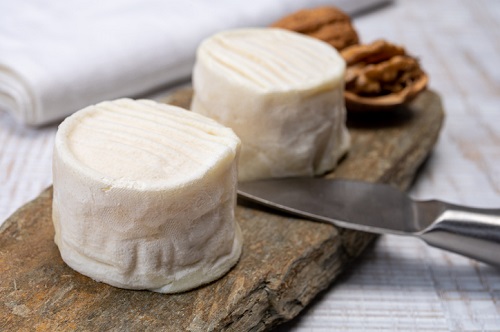
While several different types of goat cheese exist throughout the Loire Valley in France, Crottin de Chavignol remains the most popular. This rustic cheese has a dense, firm texture with a nutty taste. As it matures, it becomes more robust and brittle, making it ideal for crumbling on salads or pizzas. A salad topped with warm, grilled Crottin de Chavignol is a favorite starter in most French restaurants, and no cheese board is complete without it. Any crisp white wine is a perfect match, especially Sancerre.
Wines To Pair: Sauvignon Blanc (Sancerre, Loire Valley)
RELATED: Best Loire Valley Wineries & Castles to Visit This Year
Époisses de Bourgogne
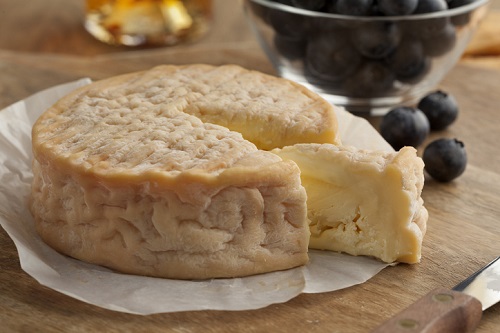
Not for the faint of heart, this one earns the description of “stinky French cheese.” Like others that have an aroma some consider to be off-putting, Époisses is what people refer to as a “washed-rind cheese,” which are regularly cured in liquids such as brine, beer, wine, or spices to encourage the growth of surface bacteria. This process gives it its distinctive aroma and distinctive reddish-orange rind. Produced initially by 16th-century monks, the recipe for Époisses was later passed to local farmers, who continued the process into the modern age. This cheese isn’t ideal for cooking, as the overpowering taste doesn’t lend itself to many dishes. The best way to eat this cheese is at room temperature with a fresh raisin or nut bread and sweet white wine or a strong, dark ale.
Wines To Pair: Meursault (White Burgundy), Riesling (Mosel), Sauternes (Bordeaux), Tokaj (Hungary)
RECOMMENDED: How to Go Wine Tasting in Beaune, Burgundy
Cancoillotte
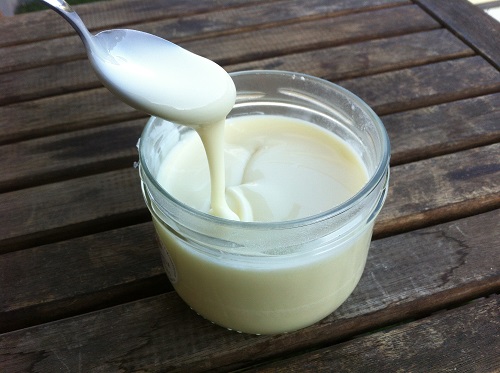
While not the most famous cheese in the country, Cancoillotte is perhaps the most unusual. Made by melting Metton cheese gently over a small flame, then adding milk, salt, and butter, Cancoillotte has a runny texture that works well both hot and cold. Available in most French supermarkets, it comes in plain or garlic-flavored varieties. Smooth and somewhat sticky, it tastes excellent with Pinot Noir. It makes for a nice snack with a bit of hearty bread, though it’s likely to get messy. This runny texture makes it ideal for a great many dishes: poured over baked potatoes, added to soups and sauces, or spread on a sandwich.
Wines To Pair: Chardonnay (Jura), Red Burgundy, or Cru Beaujolais
Of course, the most enjoyable aspect of cheese tasting is discovery and experimenting with different pairings. A wide range of red wines go well with most cheeses, and the majority of sweet white wines do not. After all, it was the joy of experimentation and curiosity that brought many of these famous cheeses into existence all those years ago. Tell us in the comments, what are your favorite wine pairings with these cheeses?
You are reading “10 Best French Cheeses, Their Names, Pictures and Wine Pairings” Back To Top
cheese and wine pairing, french food and appetizers, french cheese: food and wine pairings
If you enjoyed this guide, consider joining the Winetraveler Discord Server and Facebook Group to interact with other Winetravelers and for travel inspiration around the world.
